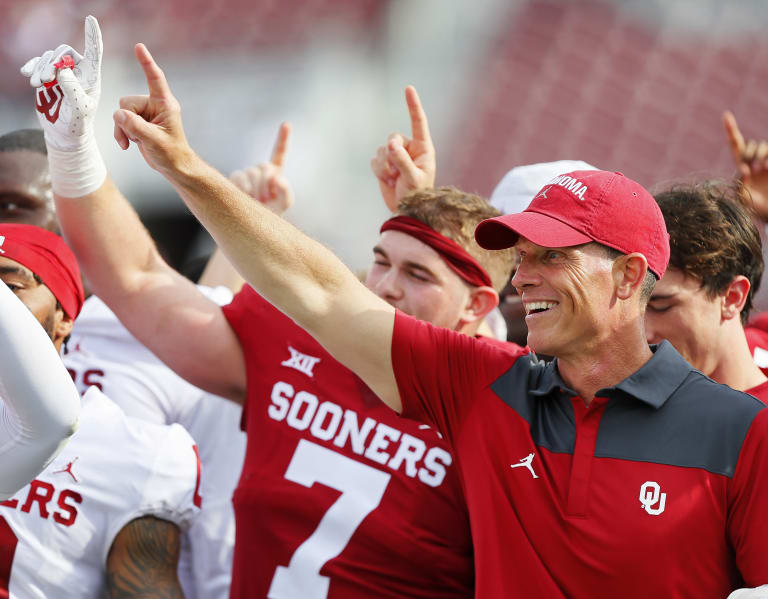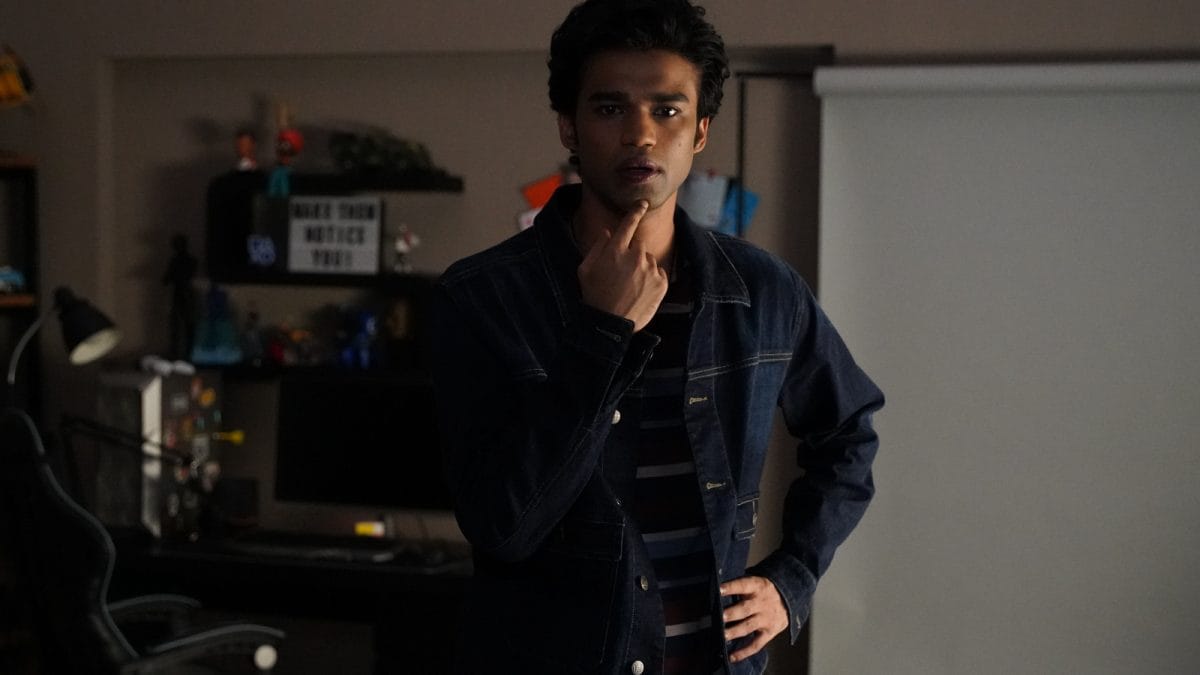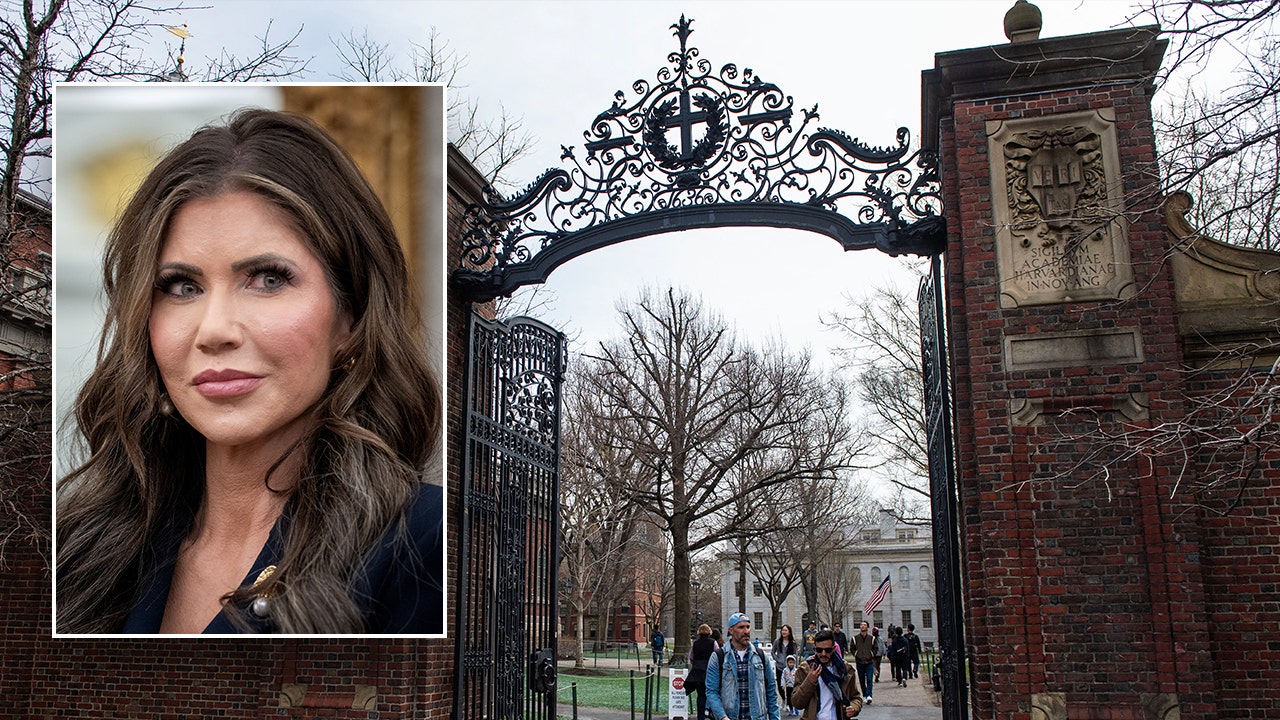Oklahoma Attorney General Gentner Drummond announces his 2026 gubernatorial campaign
AG Gentner Drummond, who attended high school in Hominy, made his announcement inside the agriculture building on the Osage County Fairgrounds.
The list of candidates for Oklahoma’s next governor is growing as the first Democrat jumped into the race Tuesday.
Democrat and Oklahoma House Minority Leader Cyndi Munson is the latest to announce a bid for the office in an effort to improve life for all Oklahomans. Munson joins four Republicans running for governor: former state Sen. Mike Mazzei, Attorney General Gentner Drummond, former House Speaker Charles McCall and businesswoman Leisa Mitchell Haynes.
Oklahoma Gov. Kevin Stitt’s second term ends in January of 2027.
Here’s what you need to know about the candidates and the election for the next governor.
Who’s in the running for Oklahoma’s next governor so far?
So far, five people have announced their candidacy for Oklahoma’s next governor. They are:
- House Minority Leader Cyndi Munson
- Oklahoma Attorney General Gentner Drummond, Republican
- Former Oklahoma House Speaker Charles McCall, Republican
- Choctaw resident and entrepreneur Leisa Mitchell Haynes, Republican
- Former State Sen. Mike Mazzei
What to know about Cyndi Munson
Munson, who represents Oklahoma City’s 85th House district, was raised in Lawton. Before going into politics, Munson worked in the nonprofit sector, including for the Girl Scouts of Western Oklahoma.
Munson became the first Asian-American woman elected to the Oklahoma legislature in 2015, when she beat Republican nominee Chip Carter in a special election for the empty House District 85 seat. She has since won reelection five times.
She graduated from college, the first in her family to do so, with a bachelor’s in political science from the University of Central Oklahoma.
What to know about Gentner Drummond
Drummond was born in Stillwater, Oklahoma and raised east of Hominy on the Drummond Ranch in Osage County.
He has an extensive history in the legal realm, having served as assistant district attorney in Osage and Pawnee Counties and founding his own law firm, Drummond Law, in 1998. Drummond also served as a U.S. Air Force jet pilot during the Persian Gulf War.
Drummond was sworn in as Attorney General of Oklahoma on Jan. 9, 2023.
What to know about Charles McCall
McCall, a Republican and fifth-generation Atoka resident, served in the Oklahoma House of Representatives from 2012 to 2024, serving as Speaker of the House from 2016 on. He was the longest-serving Speaker of the House in Oklahoma.
Outside of politics, McCall is a community banker, which led him to focus on “getting the state’s fiscal house in order,” according to his House biography. He is the CEO and Board Chairman of AmeriState Bank in Atoka, a fourth-generation family bank.
McCall also served as Mayor of Atoka from 2005 to 2012, and previously held tenures as Chairman of the Atoka City Industrial Development Authority, Chairman of the Lake Atoka Reservation Association and Vice Chairman of the McGee Creek Authority. He received his bachelor’s degree in finance from the University of Oklahoma, and later completed University of Colorado in Boulder’s Graduate School of Banking.
What to know about Leisa Mitchell Haynes
Haynes was the first to announce her bid for governor, making the official announcement in July of 2024.
The Choctaw resident holds a master’s degree in public administration from the University of Central Oklahoma and a bachelor’s degree in communications from East Central University. She worked for Oklahoma Department of Commerce as the assistant state director from 1989 to 2001, according to LinkedIn, and she has also owned a small business with eight employees, according to her campaign website.
She also has served as a city manager in Mangum and Tuttle and in New Mexico, according to the McCurtain Gazette. Haynes has been married for 30 years and has three children.
What to know about Mike Mazzei
Mazzei, a Republican from Tulsa, served 12 years in the Senate before he was term-limited. While a Senator, Mazzei advocated for tax cuts, pension reform and reducing ineffective tax credits, according to Oklahoma Voice.
Mazzei, a financial planner and the founder and CEO of Trinity Strategic Wealth, also served two years as budget secretary for Gov. Stitt. He also previously ran for Oklahoma treasurer, dropping out of the race in 2021 due to a conflict with his employer.
Mazzei holds a bachelor’s in government and politics from George Mason University and a master’s in personal financial planning from the College for Financial Planning.
When is Oklahoma’s governor election?
Primary elections for the 2026 general election are scheduled for June 16, 2026. The general election is held on Nov. 3, 2026.
When can Oklahoma gubernatorial candidates file for election?
Candidates aren’t official until they file for the election. However, there is not a date set yet for candidate filing.
What are Oklahoma’s governor term limits?
No one can serve as governor for more than eight years, which don’t need to be consecutive, according to the Oklahoma Constitution.
However, if someone serves as governor for less than a full term to fill a vacancy, it is not included in the eight-year term limit.




























